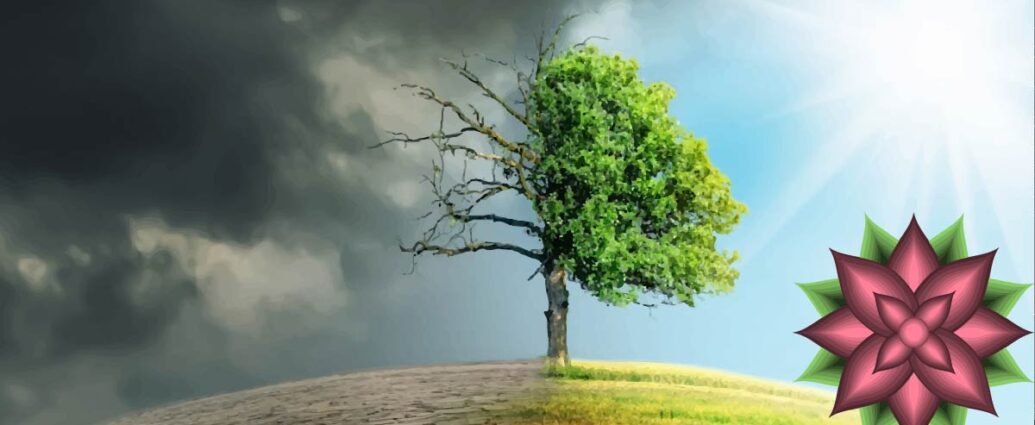By Rand Atkinson –
A reprint from 2011, and from Author and biologist Rand Atkinson. This excerpt has renewed relevance to much of what we are experiencing–unstable migrations of crops, people, incense, birds, fish and mammals due to climate change, habitat and predator loss, and species and viral challenges running rampant. It is a timely reminder to renew our commitment to a better human and nature partnership–and to to not interfere so much with nature that balance is restored.
UNDER OUR SKIN
After watching the documentary film Under Our Skin that exposes the story of the hidden epidemic of Lyme disease and a faltering human medical system to deal with it, one must be concerned with what man is doing to nature to bring such a plight upon us. Worse yet, one must realize if we continue such actions there will be more such pestilence wrought in the future to further destroy life as we know it.
The film exemplifies the seriousness, known, and unknowns of how Lyme disease works. It appears to be tied to other neurological caused diseases for those that have been well studied in the past such as syphilis and to other auto- immune diseases such as multiple sclerosis and the maraud of similar diseases.
 There have been discoveries in pathology that have found microscopic evidence that the Lyme bacteria can be hidden in every tissue or part of the body and under certain circumstances can affect any part connected to the nervous system and can even cause death.
There have been discoveries in pathology that have found microscopic evidence that the Lyme bacteria can be hidden in every tissue or part of the body and under certain circumstances can affect any part connected to the nervous system and can even cause death.
The standard “bite and rash symptoms” at the outset of the disease seems not to be the only marker indicating infection. Many of the individuals featured in the film do not appear to be active in the outdoors where this contact with the documented deer tick carrier is likely; but are found in areas where nature has taken a back seat to development or intense agricultural disruption of the ecosystem. It appears now to be identified as widespread throughout America and all of Europe and Asia.
THE UNKNOWN VARIABLE
The seriousness and widespread occurrences points to the great changes that man is making in the natural world as our population increases. The demise of other species, many we do not even know about, can cause changes
in the microscopic fauna we even know less about. The relationships between all these species is further unknown, therefore the possibility of an organism such as the Lyme bacteria expanding its presence and combining with other organisms in the human body is possible.
Currently we do not know the interaction or ecology of organisms on this planet so disruption in the great complexities of life is bound to happen.
What we need to realize is that all life is important to not only the well-being of humans but for the survival of the planet.
The tick that carries the bacteria had been first observed abundant on the white-tailed deer so was aptly named a deer tick. The white-tailed deer is a mammal whose population has exploded both in Wisconsin and on the East Coast where Lyme disease was first discovered. Deer habitat is at the edge where field or grassland meets the forest. As forest were broken into woodlots more “edge” was created. Combine this fact with the loss of the wolf as a natural predator the explosion of the deer population followed. Consider one more fact, as development increased the habitat for certain bird species that fed or preyed on the deer tick was also lost. Again, an opportunity for the deer tick and the Lyme bacteria it carries to proliferate and spread jumping from one mammal to the next including the now most abundant one …… humans.
It leads one to wonder what other pathogens including the prions like those of chronic wasting disease that have gained hold in new environments created by man’s relentless encroachment on nature. Too often, an encroachment by man without having conscious thought of what he was destroying or realizing the havoc in biological systems he was creating.
We need to play an ethical card in this game of life to accept the fact that humans are not in control of our existence and research will not give us the answers we ultimately need for survival. We must trust life as it is, what it originally contained before we affected it, and restore and preserve it with a reverence that mankind has not witnessed since there were fewer of us on a previously sustainable planet.
Rand Atkinson
Bio-Interlink, LLC
Originally Written March 2, 2011
Revised July 10,2019

